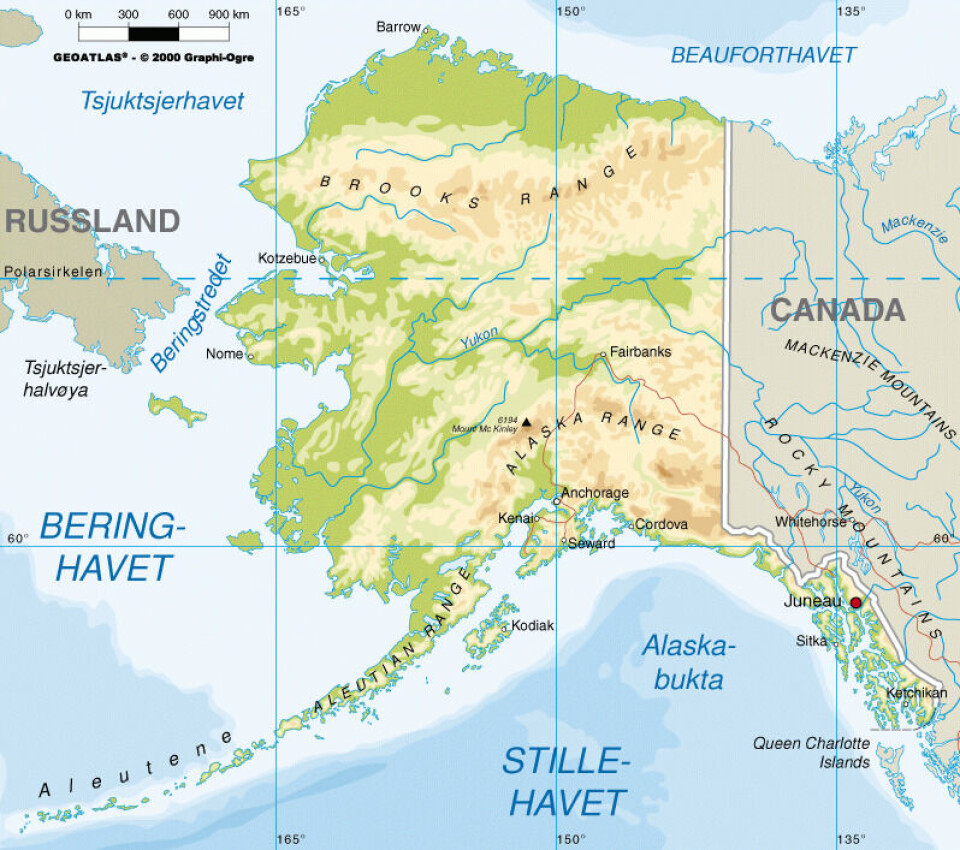
Why the U.S. doesn’t need to wait for an Arctic port to boost maritime safety
Even though no one yet is offering to spend money to build a full-service U.S. Arctic port, some steps could — and should — be taken in the next few years to prepare for the potential onslaught of new maritime traffic in the Bering Strait and waters further north, a new federal report says.
The report, issued by the U.S. Committee on the Marine Transportation System‘s Arctic task force, makes 43 specific recommendations it says would improve safety, communications and information for mariners using the narrow strait and the Chukchi and Beaufort seas to the north in the near future. The U.S. Committee on the Marine Transportation System is a Cabinet-level, interdepartmental committee chaired by the secretary of the Department of Transportation.
Recommendations
Among the most immediate recommendations: Port Clarence, until recently the site of a U.S. Coast Guard navigation station, should be designated as a maritime “place of refuge.” That’s a formal status identifying it as an area where ships in distress can go for assistance and repairs.
The report also urges the completion of the Port Access Route Study for the Bering Strait, a Coast Guard project that has not yet been made final, and improvements to systems that forecast weather, water and sea ice conditions in the region. It singles out aerial drones as one tool that should be used to improve those forecasting systems.
The report also recommends the designation, through the International Maritime Organization, of Bering Strait sea lanes — a longer term goal — and a detailed analysis of options for constructing a new deep-draft port.
The task force is calling for the actions recommended in the report to be taken within the next decade, as a prelude to future infrastructure improvements.
This story is posted on Independent Barents Observer as part of Eye on the Arctic, a collaborative partnership between public and private circumpolar media organizations.















